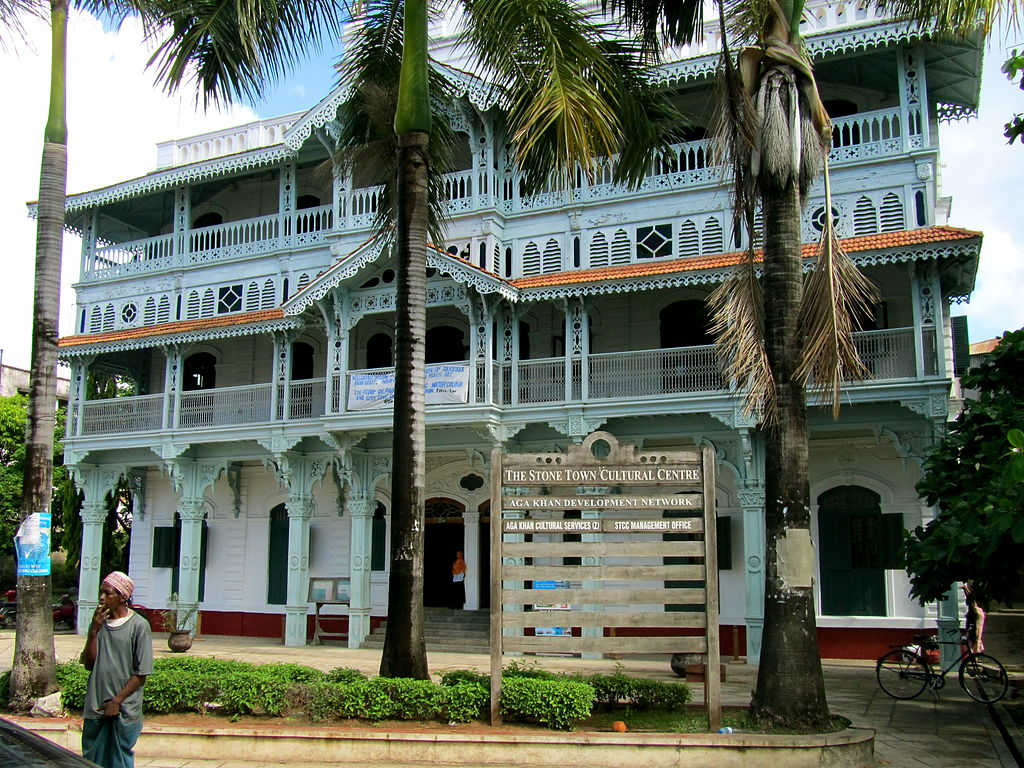Activities
Stone Town Tour
Culture
Stone Town - UNESCO Heritage Site

Stone Town in Zanzibar indeed holds a captivating historical significance. It has once been the major trading hub of Eastern Africa. It served as a center for the trade of ivory, spices, and sadly, even slaves. The town’s complex history, influenced by various powers such as the Portuguese, Arabs, Sultans of Oman, and the British Empire, has shaped its unique architecture and cultural diversity.
Embarking on a Stone Town tour allows you to immerse yourself in the rich heritage and experience a multitude of captivating sights, aromas, and sounds. Some of the notable places to visit during the tour include:
- House of Wonders: Also known as Beit-al-Ajaib, this iconic building was once the tallest in East Africa and served as the ceremonial palace of Sultan Barghash. Today, it is a museum that provides insights into Zanzibar’s history and culture.
- Palace Museum: Previously the residence of the Sultan of Zanzibar, this museum exhibits artifacts and displays that offer a glimpse into the lives of the island’s former rulers.
- Dr Livingston’s House: This house holds historical significance due to its association with Dr. David Livingstone, a renowned Scottish missionary and explorer who fought against the slave trade. It serves as a reminder of the island’s dark past.
- Arab Fort: Built by the Omani Arabs in the 17th century, this fort played a defensive role against potential invaders. Today, it houses a cultural center and offers panoramic views of Stone Town.
- House of Tippu Tip: This residence was owned by Tippu Tip, a prominent Arab slave trader. It provides a chilling insight into the slave trade history of Zanzibar.
- Anglican Church of Christ: Built by the Universities’ Mission to Central Africa, this church stands as a symbol of the abolitionist movement and the fight against slavery.
- Old Slave Market: A sobering site that was once a significant trading hub for slaves. It serves as a reminder of the suffering endured by many during this dark period in history.
- Central Market: Immerse yourself in the vibrant atmosphere of the bustling Central Market, where locals sell a variety of fresh produce, spices, and handicrafts. It’s an excellent opportunity to engage in bargaining and purchase souvenirs.
A Stone Town tour typically lasts around 2-3 hours, providing an insightful historical and cultural overview of Zanzibar. To fully appreciate the island’s richness and diversity, it is highly recommended to complement your experience with a Spice Tour. This additional tour allows you to explore Zanzibar’s renowned spice plantations, learn about its spice trade heritage. Indulge in the aromatic scents and flavors that make the island famous.
By engaging in these tours, you will gain a deeper understanding of Zanzibar. Its fascinating past, its architectural wonders, and its cultural tapestry, ensuring a comprehensive and enriching experience on the island.

